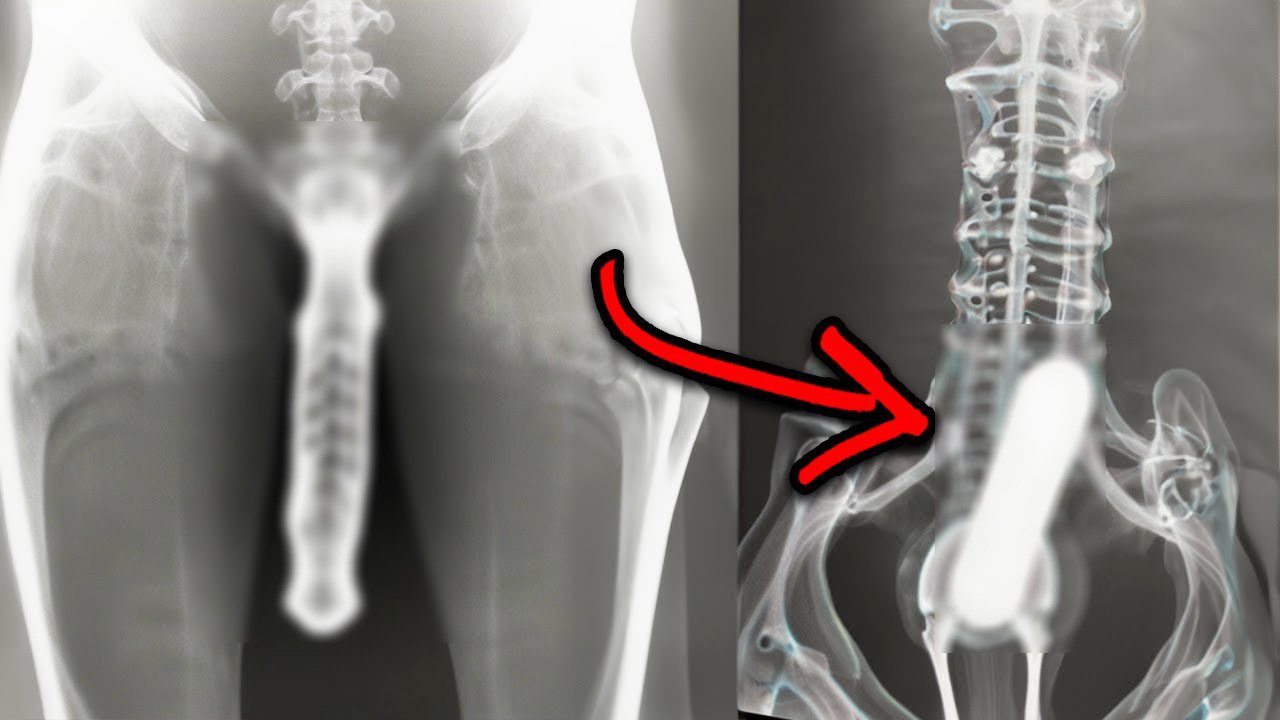The lives of medieval nuns are often imagined as strictly cloistered and pious, marked by rigorous adherence to religious vows of chastity, poverty, and obedience. However, historical records and recent academic research have revealed a more complex and nuanced picture of their lives, including surprising revelations about their personal lives. The hidden aspects of the lives of medieval nuns offer a fascinating insight into the challenges and realities faced by women of religious orders during this period.
The reality of life in the convent
Medieval convents were meant to be places of spiritual retreat and devotion, but they were also social institutions influenced by the broader cultural and political contexts of the time. Many women entered convents not only out of religious devotion, but also because of social pressures, lack of marriage prospects, or family decisions. Some nuns were of noble birth and brought with them significant dowries, influencing the power dynamics within the convent.
Secret relationships
Despite their vows of chastity, some nuns entered into secret relationships. These relationships ranged from close emotional bonds to more exploitative situations. In some cases, nuns formed close emotional bonds with other women in the convent, which could develop into intimate relationships. These close relationships, although condemned by the Church, often took place discreetly within the confines of the convent.
Visits to the exterior of the convent
The interaction between nuns and foreigners also played a role in their personal lives. Some convents had relatively lax enclosure rules, allowing more interaction with the outside world. Priests, monks and even lay people who visited convents could sometimes have inappropriate relationships with the nuns. Historical records, including court documents and ecclesiastical investigations, reveal instances where nuns were accused of misconduct.
Confessions and scandals
Confessions made by nuns during ecclesiastical investigations often provide detailed accounts of their activities. These documents, although intended to impose discipline and penance, also serve as a window into the hidden aspects of convent life. Scandals arising from these confessions could result in severe sanctions, including expulsion from the convent or public penance. Some nuns, however, managed to evade detection or were protected by powerful patrons.
Literary and artistic representations
Medieval literature and art sometimes allude to the personal lives of nuns. Texts like “The Decameron” by Giovanni Boccaccio and various fabliaux (comic tales, often humorous) depict nuns engaging in escapades. Although these works are fictional, they reflect contemporary perceptions and rumors about the nuns’ behavior, suggesting that their hidden lives were a subject of public fascination and speculation.
The Church’s response
The Catholic Church sought to maintain strict control over the moral behavior of nuns, but the measures implemented varied greatly. Some convents had abbesses or prioresses vigilant in maintaining discipline, while others were more lenient. The Church’s response to transgressions could be harsh, with offending nuns subject to severe penances and even imprisonment. However, the persistence of these activities indicates that the Church’s efforts have not always been successful.
A complex heritage
The hidden lives of medieval nuns reveal a complex interplay between religious devotion and human desire. These women lived in a world where their bodies and their choices were heavily regulated, but they found ways to navigate and sometimes subvert these restrictions. Their stories challenge idealized notions of medieval monastic life and highlight the enduring human capacity for love, intimacy, and rebellion.
Source link: The Hidden Lives of Medieval Nuns: Surprising Revelations







